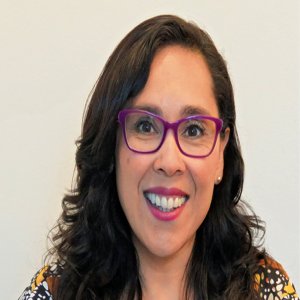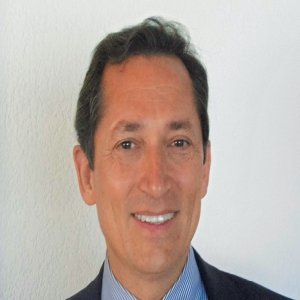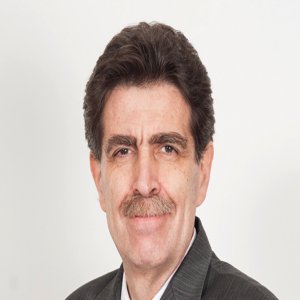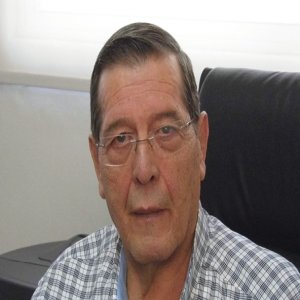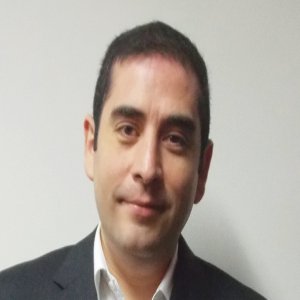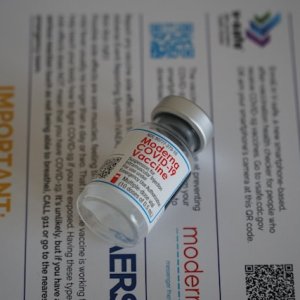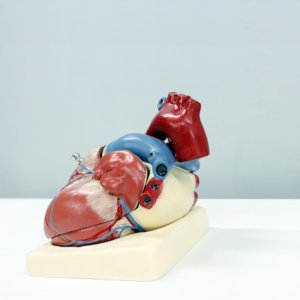Tackling Challenges from Bone Disease to Renal Failure

STORY INLINE POST
Q: What led you to establish the National Committee for the Prevention of Osteoporosis (COMOP)?
A: Under harsh economic conditions but with the financial support of pharmaceuticals, I founded COMOP in 1994. The original objective was to perform a range of studies with the National Institutes of Health. These studies cover clinical trials and epidemiological studies, incidence, and prevalence of bone disease. Today, we have expanded this to include prevention work and we have a clinical trial facility and our own medical review board. We follow strong standards for quality and transparency, and are ISO 9001 certified. We are collaborating with companies all over the world and are recognized by the European Commission and Tecnológico de Monterrey. We have been full members of the International Osteoporosis Foundation since 1999.
Q: How challenging was it to acquire funding for COMOP?
A: We have been working with private donors and pharmaceuticals for more than ten years. Once the financial pressure caused by the economic crisis was alleviated, corporations once again sought to provide financing through philanthropy. We opened the first entrepreneur society, Access Salud, where both the non-profit and the for-profit sectors could collaborate. NGOs participate through COMOP while companies are administered by Access Salud. We are now looking at the venture capital programs offered by National Monte de Piedad or the Bill and Melinda Gates Foundation. We have business plans for expansion and we want to make franchises.
Q: What health initiatives is COMOP involved with?
A: We have an initiative called “Bone Health Through Life,” in which we monitor bone health from birth to the end of a patient’s life. We are also focusing on dignified aging and reestablishing our old advocacy groups that were forgotten during the periods of economic uncertainty. From 1994, we polished the integrated services for health with the program “Niños y Adolescentes +Fuertes, +Altos, +Sanos,” a joint collaboration with the World Health Organization. We are the only center in Mexico with that collaborative agreement.
Q: Some major reforms have been announced to the public structure - do you see these being implemented?
A: There is a widespread general impression that large public institutions, such as IMSS and ISSSTE, do not need to be reformed given their successful 60-year history, which complicates any attempts to integrate them. There is already a measure of cooperation between public institutions, such as consolidated purchasing of medication from pharmaceutical companies, which saves millions of dollars. On the other hand, many areas, such as drug and treatment delivery, cannot be fused. The fragmentation between the 32 Secretariats of Health is enormous and thus very hard to overcome. Furthermore, one of the largest obstacles to transforming the health sector is the change of administrations every six years. Every new administration implements different changes and regulations, making the process of reaching a consensus more convoluted. On the other hand, the private sector is ready for change. The most appropriate solution would be to reach an agreement between the public and the private sector.
Q: Beyond osteoporosis, what other areas of study have you focused on?
A: I have extensively researched methods for the detection of early-stage kidney disease. These diseases are a big financial drain on healthcare resources all over the world. Early detection would allow the increased survival of those suffering. I worked with several investors to develop a network of human dialysis centers. Today, there is a growing trend to open specialized clinics in Mexico to cater to diseases as the public sector is currently not offering the most cost-efficient treatments. We have several initiatives to address kidney disease. Firstly, we have a collaborative program, edX, the online education platform which launched in June 2015. Secondly, we want to promote the early identification of non-dialysis dependent kidney disease, for which we are developing a network of 16,000 doctors. This initiative started in 2015 and will seek to improve the standard of primary care in the specialized treatment of kidney disease. The third focus is on hemodialysis, namely the promotion of nutrition and nephroprotection in collaboration with pharmaceutical companies.
